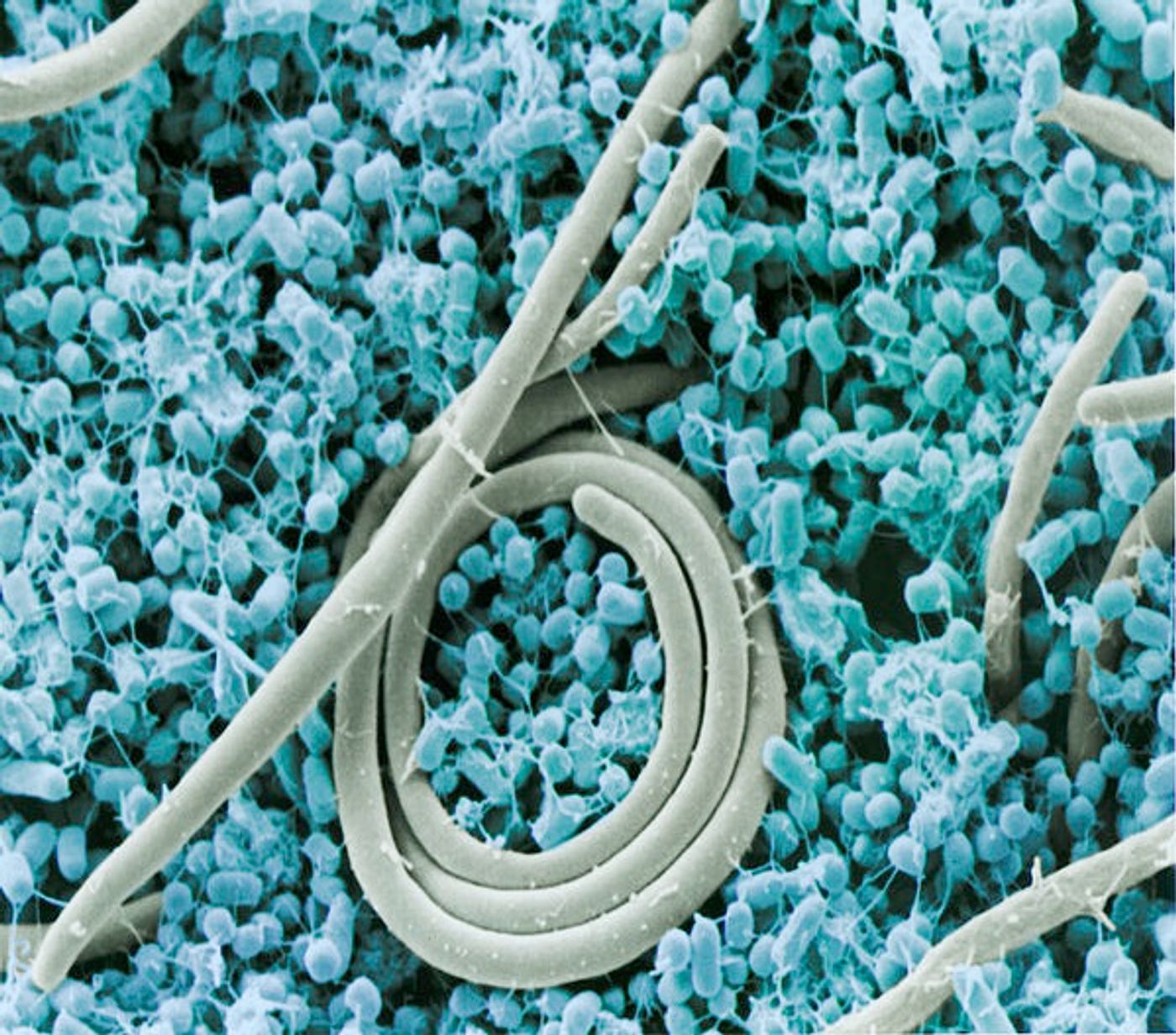Typhoid Fever Toxin Targets Sugary Cells
A new study from Cornell University explains why the current vaccine for typhoid fever is only partially effective. Salmonella typhi, the bacterial agent responsible for the disease, has eluded scientists aiming to decipher its molecular mechanisms of infection, but the new study, published in the journal Nature Microbiology, uncovers several important details.
Even in the 21st century, typhoid fever continues to spread as a result of poor sanitation, affecting over 21 million people worldwide. A typhoid fever infection, which is preventable and treatable with antibiotics, causes symptoms such as fever, weakness, stomach pains, headache, and loss of appetite. Salmonella typhi only lives in humans, carried in the bloodstream and intestinal tract and discarded in feces. The bacteria can live both inside and outside the cells it infects.
When Salmonella typhi live inside cells, they produce the typhoid toxin, which then generates the symptoms characteristic of typhoid fever. The current vaccine for typhoid fever, a drug called Typhoid Vaccine Live Oral Ty21a, is effective against the bacteria but not the toxin.
How does the typhoid toxin work? It searches for cells to intoxicate that express specific sugars, for their binding abilities. This attraction to sugar leads scientists to think that there’s a possibility of intervening at this level.
"Intriguingly, our study shows that the typhoid toxin targets both the immune system and central nervous system," explained senior author Jeongmin Song. "This represents a new paradigm in the infectious agents' incursion of the host."
Song and his team are looking at new, sugar-based treatment options to combine with Ty21a instead of just applying Ty21a alone. This approach could also work for other diseases where microorganisms are attracted to sugars for their binding capabilities.
"What's most exciting is that our results provide insights that may help the development of potential prophylactics and therapeutics to prevent and treat typhoid fever," Song explained.
Sources: CDC, Cornell University









